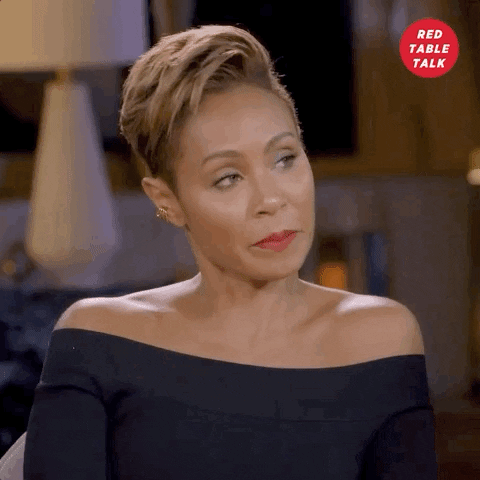You had an idea. You turned it into a product or service. You’re an influencer with a brand. You’ve got a social media voice (of course you do, everyone does!).

But is your social media brand one that promotes diversity and inclusion?

Maybe you haven't even considered creating an inclusive social media voice or what it even is. Whatever the reason, I'm here to tell you that having a clear social media voice that portrays diversity and inclusion is significant for brand building.
I've helped build result-driven diversity, equity, and inclusion strategies for non-profit organizations, social media influencers, and higher education institutions. So, here are my tips for you on how to get this done.
Know your brand's niche
"When you feeling all alone. And you can't even be you up in your home. When you even feeling it from your own." - F.U.B.U, Solange
There is a difference between an audience and a niche. When it comes to your brand's social media presence, the followers that you have that engage with you are your audience. Your niche' is the specific people you had in mind when you created the product or service.
There's a misconception that you need to have a lot of followers, and to some extent, that is true. However, as Solange's' words eloquently convey, you can't isolate the niche.' They should never feel as slighted or jaded as Solange's lyrics depict. They are your brand loyalists.
Even if you have a niche', such as Black women, you have to make sure that you understand the intersections of Black women. Kimberlé Crenshaw coined the term intersectionality more than 30 years ago. Intersectionality is all about taking into consideration the other factors that impact a person's identity and experiences. Your niche' could be Black women, but you have to consider Black millennials, Black women in the LGBTQIA+ community, etc.
Learning about your niche' can seem overwhelming to tackle, so you should break it up in stages. Choose intersections to learn about and give yourself time intervals to learn more. Taking these steps is part of building cultural intelligence or CQ. To learn more about this, check out the article I wrote for Mogul Millennial on #LeadingWhileBlack: How to Boss Up Your Cultural Intelligence.
Use inclusive language, images, and techniques
I encouraged you to start learning more about your niche', but you don't have to wait to start building your inclusive social media voice. Social media engagement is all about creating the right content, and we do this through text, images, and videos.
When it comes to your language, use the style that appeals to your niche' most. If there are cultural references, slang terms, or specific images that you find appropriate to your image but also relevant to your niche', use them. The more you build your CQ, the more you'll know the type of content and images your niche' engages. If you want to level up with an inclusive social media voice, start incorporating captions in your videos and utilize formatting for screen readers.
For videos, look for editing software that will allow you to caption your videos. Videos made entirely of words are still not considered caption, so keep that in mind. If you're unable to add captions, for example, during a live stream, upload it to YouTube or save the video and add captions to share. To go the extra mile, edit the YouTube captions correctly, or upload a script. Doing so will ensure that the captions are accurate.
For images, utilize the alternative text feature (alt text) or photo captions. Some platforms will allow you to provide alt text. The area will enable you to describe the photos in as much detail as you can. If someone is using a screen reader, the screen reader will read them the description. If you are using a platform like Instagram that doesn't allow alt text, you can add a photo caption at the end of the post describing the image. However, I do suggest typing the phrase "PHOTO CAPTION" before the description, so the screen reader will let them know that the description is about the image.
To learn more, check out this Federal Social Media Accessible Toolkit.
Set an inclusive tone
Your social media voice and your actual brand should mirror one another. It won't work if you have an inclusive brand but not an inclusive social media voice or vice versa.
Make sure that your website has a clear diversity statement with your intentions and commitment to diversity. If you don't have a website, you can set this voice by sharing your responsibility through posts and images. You can come up with creative campaigns to allow you to share your voice and commitment to inclusion. Just don't forget to circle back to the message when you hit another follower goal or in set intervals.
When engaging with followers, be sure to especially engage with those who are mirroring positive, inclusive language. For those who are not participating in a manner that promotes inclusiveness, delete their comments. I would recommend following up with the person to let them know you deleted their comment and why, but let them know if they continue that you will block them. You could also go with the approach that my best friend often refers to as "Nah, you got to go!" approach and block them immediately.
Depending on your industry and what product or service, your content may promote more discussion and disagreements. Allow them to engage and remind them of your policy that it must be respectful and inclusive.
The economy is changing rapidly, and people who have been home on mandatory stay-at-home-orders will have a very long social media memory. They will remember the voices and social media brands that appealed to them, and that was inclusive.

